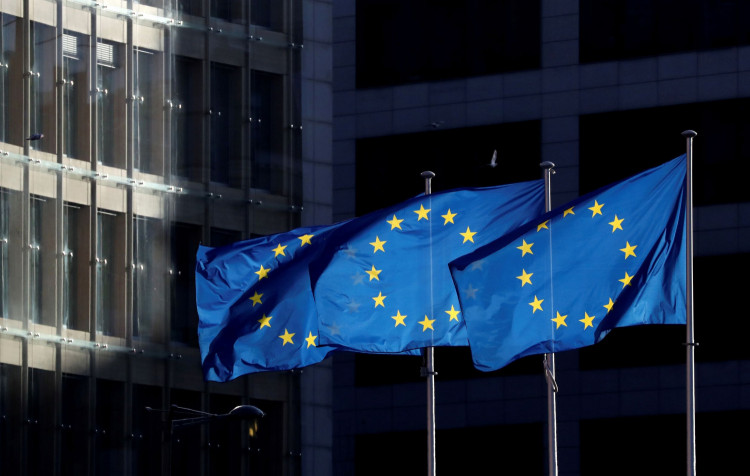Inflation in the euro zone inched higher in May, complicating the European Central Bank's (ECB) path towards potential interest rate cuts. Data released on Friday showed consumer prices in the 20 countries sharing the euro rose by 2.6% year-on-year, surpassing the ECB's 2% target and the 2.5% increase anticipated by economists. This uptick presents a fresh challenge for ECB policymakers, who have been grappling with inflation pressures and an uncertain economic outlook.
The increase in inflation, although slightly above expectations, is not expected to halt the ECB's plans to lower borrowing costs from their current record highs. However, it may prompt the central bank to pause rate cuts in July and adopt a more gradual approach to monetary easing in the months ahead. "These numbers strengthen the hands of those who say we need to be cautious," remarked Dirk Schumacher, an economist at Natixis.
The core personal consumption expenditures (PCE) price index, which excludes volatile items such as food, energy, alcohol, and tobacco, rose to 2.9% from 2.7% in April. This core measure is closely watched by the ECB as it provides a clearer picture of underlying inflation trends. The services sector, in particular, saw prices rebound to 4.1% from 3.7%, reflecting increased wages and higher domestic demand.
Fabio Panetta, an ECB policymaker and governor of the Bank of Italy, described the latest inflation data as neither wholly positive nor negative. He reiterated his view that the central bank could implement several rate cuts while still maintaining control over the economy. "The ECB's biggest-ever streak of rate hikes has helped bring down inflation from a peak of 10% in late 2022," Panetta noted, highlighting the significant impact of the ECB's aggressive monetary tightening over the past year.
Despite the progress in reducing inflation, the ECB's actions have also led to tighter credit conditions, raising concerns about the potential for economic slowdown. Diego Iscaro, head of European economics at S&P Global Market Intelligence, suggested that the latest inflation figures decrease the likelihood of consecutive rate cuts in July. However, he remains optimistic about further rate reductions later in the year if inflation continues to decline as expected.
The bond market reacted swiftly to the inflation data, with German government bond yields, the benchmark for euro zone borrowing costs, reaching their highest levels in over six months. Markets are currently pricing in around 57 basis points of ECB rate cuts in 2024, with a 25 basis point cut anticipated in June and another by year-end. However, expectations for a third cut this year have been gradually pared back in recent weeks.
Economists and market participants are closely monitoring the ECB's next moves, especially in light of the latest inflation and wage figures. The central bank is expected to proceed with caution, balancing the need to support economic growth while preventing inflation from spiraling out of control. Klaas Knot, an ECB voting member, emphasized that the next phase of disinflation would be more volatile, requiring a slow and gradual approach to monetary easing.
Kamil Kovar, senior economist at Moody's Analytics, echoed this sentiment, describing the recent inflation uptick as likely "the last small bump in the disinflationary road rather than the beginning of any arduous last mile." He added that hopes for a July rate cut have diminished significantly, and any cuts in June would reflect the momentum built over the past nine months rather than immediate economic data.
As the ECB prepares for its meeting on June 6, policymakers will be assessing the latest inflation and growth projections to guide their decisions. The central bank's challenge remains balancing the need to tame inflation with the risks of stifling economic recovery. The euro zone's inflation dynamics and the ECB's response will continue to be closely watched by markets and policymakers alike, as they navigate a complex economic landscape.






